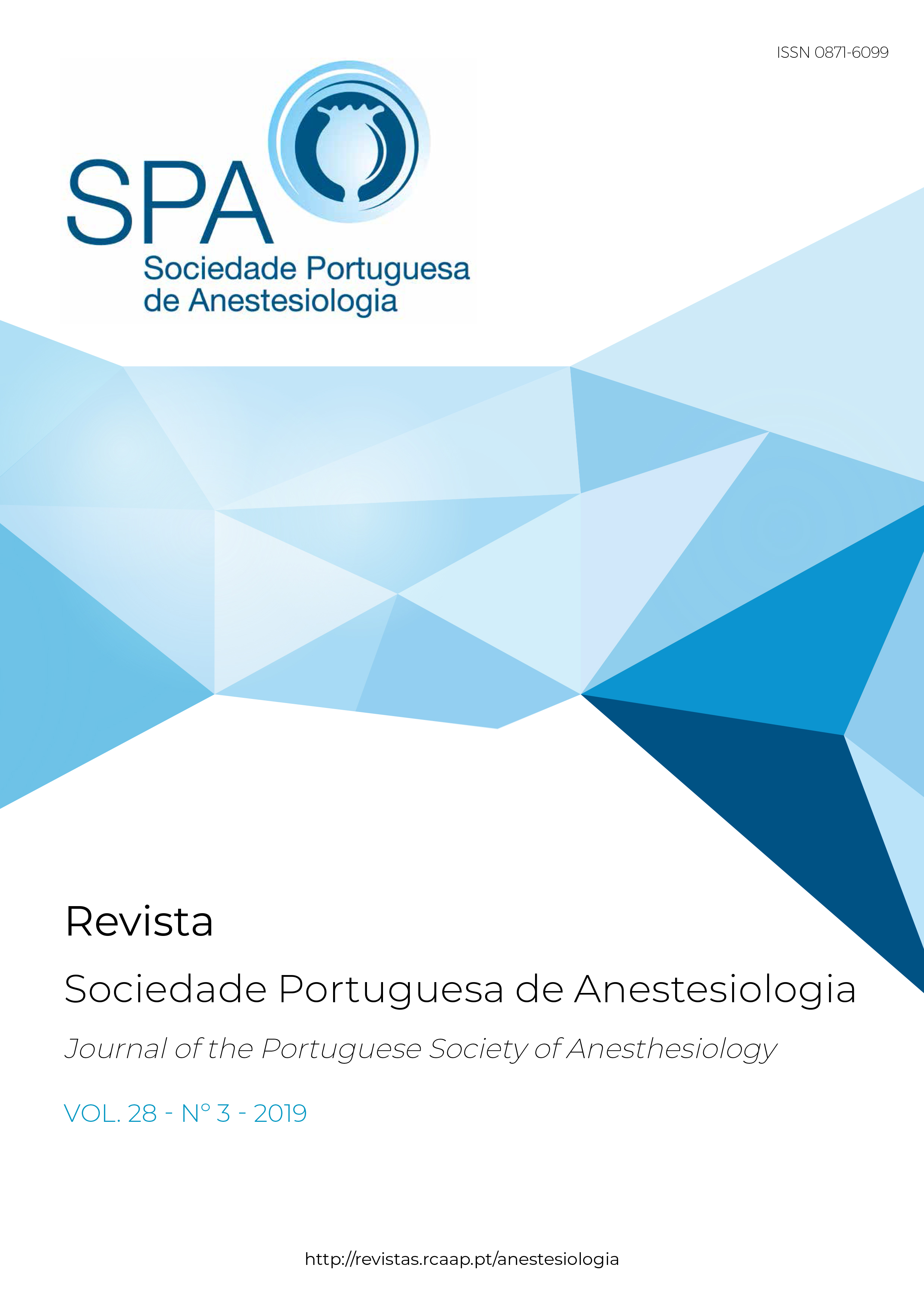Bioethics: The Bridge Between Clinical Practice and Medical Education
DOI:
https://doi.org/10.25751/rspa.18541Keywords:
Bioethics; Burnout, Professional; Education, MedicalAbstract
The author draws attention to the drift that medical art is suffering by reference to its vocational origins, seeking to direct or look into what, explicitly or camouflaged, deliberately or subliminally, seems to be
being pursued by the primacy of materialism and technicalism.
Under the guise of a kind medicine, by definition, besetting with ambition and arrogance, the corruption of medical art in its ethical and humanistic dimension is eroding the education and loyalty of the new doctors.
In an attempt to cover under a theme all the factors that deserve a signal in the path of medical education, the concept of hodegetics is recovered. Finally, the author grants emancipation and autonomy to the so-called medical burnout, as cause and consequence of a medicine that is weakened, a victim of the man in general and of the doctor himself, who can deeply hurt clinical practice and, therefore, medical education. The reflection here presented seeks inspiration from metaphors, philosophers and cultures prior to the phenomenon of globalization, whose doctrines and lines of social action defend the universality of the value of full human life, seeking in wisdom and virtue the way to happiness and final well-being, something similar to eudaimonia, central concept in Aristotle's ethics and philosophy. The Good where the responsible virtue of the master intertwines with the hope of the apprentice and the altruistic solidarity of the patient himself.
It is in this ambitious ethical embrace that the author intends to bridge the gap between clinical practice and medical teaching.
Downloads
References
2. Jonas, H. O Princípio Responsabilidade. Lisboa: Contraponto Editora; 2006.
3. Medical Ethics as prescribed by Caraka, Susruta and other ancient Indian physicians. Med Ethics. 1995;3:C1-CIV.
4. Crues RL, Crues SR, Boudreau JD, Snell L e Steinert Y. A schematic representation of the professional identity formation and socialization of medical students and residents: A guide for medical educators. Acad Med. 2015;90:718-25. doi: 10.1097/ACM.0000000000000700.
5. Glazewski M. About usefulness of hodegetic. An attempt to reconstruct and deconstruct an unppreciated category of Herbart’s pedagogics. Kul Wychowanie. 2011; 2:63-74.
6. Sartorius N. Psychiatry and society, 2015. Swiss Arch Neurol Psychiatry Psychotherap. 2016; 167:108-13.
7. Freudenberger HJ. Staff burn-out. J Soc Issues. 1974;30:159-65.
8. Maslach C, Jackson SE. Maslach Burnout Inventory manual. Palo Alto: niversity of California, Consulting Psychologist Press; 1986.
9. Schaufeli WB, Leiter MP, Maslach C. Burnout: 35 years of research and practice. Career Dev Int. 2009;14:204-20.
10. Marôco J, Marôco AL, Leite E, Bastos C, Vazão MJ, Campos J. Burnout em profissionais da saúde portugueses: uma análise a nível nacional. Acta Med Port. 2016;29:24-30.
11. Coetzee N, Maree D, Smit B. The relationship between chronic fatigue sindrome, burnout, job satisfaction, social support and age among academics at a tertiary institution. Int J Occup Med Environ Health. 2019;32:75-85. doi: 10.13075/ijomeh.1896.01274.
12. Gallup (2014). The State of American Schools Report. [accessed Jan 2019] Available from: http://www.gallup.com/services/178709/ state-americaschools-report.aspx.
13. Cooper FB. The literature of medical ethics: a review of the writings of Hans Jonas. J Med Ethics. 1976;2:39-43.
Downloads
Published
How to Cite
Issue
Section
License
Articles are freely available to be read, downloaded and shared from the time of publication.
The RSPA reserves the right to commercialize the article as an integral part of the journal (in the preparation of reprints, for example). The author should accompany the submission letter with a declaration of copyright transfer for commercial purposes.
Articles are published under the terms of the Creative Commons Attribution Non-Commercial License (CC BY-NC).
After publication in RSPA, authors are allowed to make their articles available in repositories of their home institutions, as long as they always mention where they were published.


